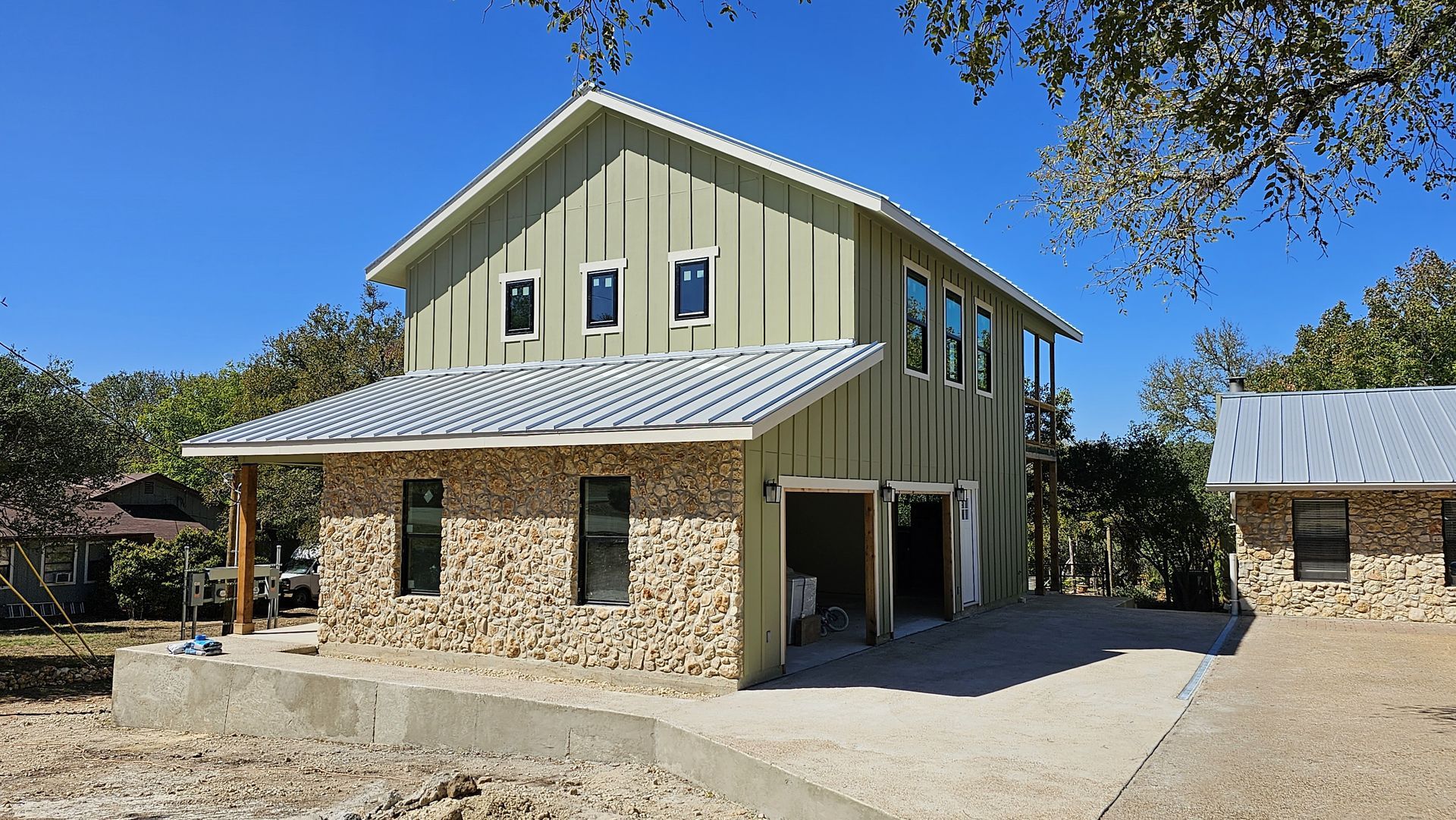Summer-Ready Homes: Preparing for the Heat with Insulation and Ventilation
As the temperatures start to climb, the thought of a cool and comfortable home becomes increasingly appealing. But achieving that summer sanctuary requires more than just cranking up the air conditioning. Proper insulation and ventilation are the unsung heroes of a summer-ready home, working behind the scenes to keep your house cool, your energy bills low, and your family comfortable.
At Five Mile Construction, we understand the importance of preparing homes for the summer heat. We've seen firsthand how strategic improvements in insulation and ventilation can transform a sweltering house into a refreshing retreat. This blog post shares essential tips for optimizing your home's insulation and ventilation, ensuring you're ready to beat the heat and enjoy a comfortable, energy-efficient summer.
Insulation: Your First Line of Defense Against the Heat
Insulation acts as a thermal barrier, slowing down the transfer of heat between the inside and outside of your home. In the summer, it helps to keep the hot air out and the cool air in, reducing the workload on your air conditioning system.
- Attic Insulation: Heat rises, and a poorly insulated attic can act like a furnace, radiating heat down into your living space. Ensure your attic has adequate insulation with the proper R-value for your climate zone. Consider adding radiant barriers beneath your roof to reflect heat away from the attic.
- Wall Insulation: Properly insulated walls are essential for maintaining a comfortable temperature throughout your home. If your walls are poorly insulated, consider adding insulation during a renovation or exploring options like blown-in insulation.
- Crawl Space and Basement Insulation: Don't neglect these areas. Insulating crawl spaces and basement walls can help prevent heat and moisture from entering your home.
Ventilation: Let Your Home Breathe
Proper ventilation is crucial for removing heat and moisture from your home, preventing overheating and improving indoor air quality.
- Attic Ventilation: A well-ventilated attic allows hot air to escape, reducing the heat load on your home. Ensure you have a balanced system of intake vents (typically located along the soffits or eaves) and exhaust vents (located near the ridge of the roof). Consider a ridge vent or gable vent to help facilitate this.
- Whole-House Fans: These fans can be installed in an attic or ceiling to quickly exhaust hot air from your home, drawing in cooler air from outside. They are most effective during cooler parts of the day such as the morning and evening.
- Exhaust Fans: Use exhaust fans in kitchens and bathrooms to remove heat, moisture, and odors. Make sure they are vented to the outside, not into the attic.
Air Sealing: Stopping Leaks and Drafts
Air leaks can undermine your insulation and ventilation efforts, allowing hot air to infiltrate your home and cool air to escape. Sealing these leaks is a cost-effective way to improve energy efficiency.
- Common Leakage Points: Pay attention to areas around windows, doors, electrical outlets, plumbing fixtures, and where different building materials meet.
- Caulking and Weather Stripping: Use caulk to seal cracks and gaps around windows, doors, and other penetrations. Install weather stripping around doors and windows to create a tight seal.
- Professional Energy Audit: Consider hiring a professional to conduct an energy audit, which can identify hidden air leaks and recommend solutions.
Window Treatments: Shading and Reflecting Heat
Window treatments can play a significant role in managing heat gain during the summer.
- Blinds and Shades: Close blinds and shades during the hottest part of the day to block direct sunlight. Light-colored window treatments reflect more heat than dark ones.
- Awnings: Install awnings over windows, especially those facing south or west, to provide shade and reduce heat gain.
- Solar Screens: These screens are installed on the exterior of windows and can block a significant amount of solar heat.
HVAC System Maintenance
A well-maintained HVAC system is essential for keeping your home cool and comfortable during the summer.
- Regular Servicing: Schedule annual maintenance for your air conditioning system to ensure it's operating efficiently and to identify any potential problems.
- Clean or Replace Filters: Dirty filters restrict airflow, making your AC work harder and reducing its efficiency. Clean or replace filters monthly during the cooling season.
- Programmable Thermostat: Install a programmable thermostat to automatically adjust the temperature based on your schedule, saving energy when you're away or asleep.
Landscaping for Natural Cooling
- Shade Trees: Planting trees strategically around your home can provide shade and help to keep it cool. Deciduous trees planted on the south and west sides of your home are ideal because they provide shade in the summer and allow sunlight in during the winter.
- Vines: Vines growing on trellises or walls can also provide shade and help to cool your home.
Five Mile Construction: Your Partner in Summer Comfort
At Five Mile Construction, we're committed to helping homeowners create comfortable, energy-efficient homes that are ready for any season. We offer a range of services to improve your home's insulation and ventilation, including:
- Insulation Installation and Upgrades: We can assess your current insulation levels and recommend the best solutions for your home.
- Air Sealing: We can identify and seal air leaks to improve energy efficiency and comfort.
- Window and Door Replacement: We can install energy-efficient windows and doors to reduce heat transfer.
- Ventilation Solutions: We can install or upgrade ventilation systems to ensure proper airflow and indoor air quality.
Contact us today to discuss your summer-readiness needs and learn how we can help you optimize your home's insulation and ventilation. Let's make your home a cool and comfortable haven, no matter how high the temperatures soar!



